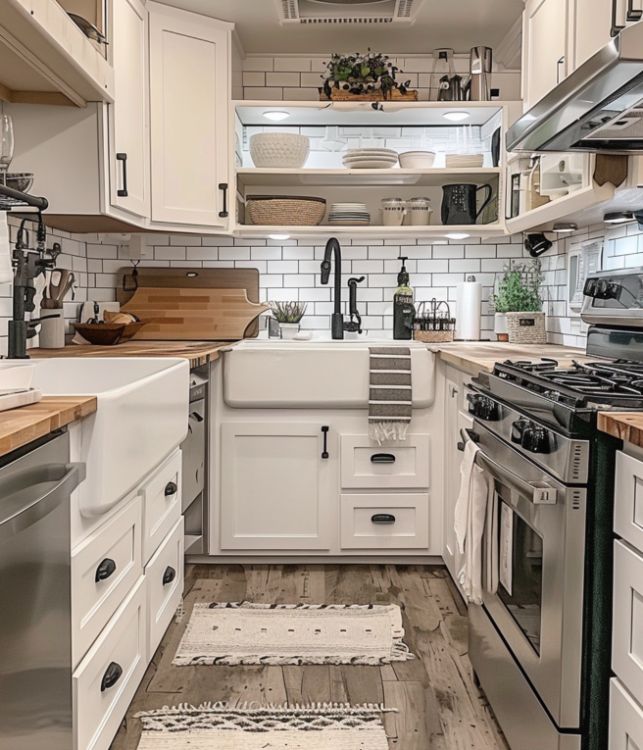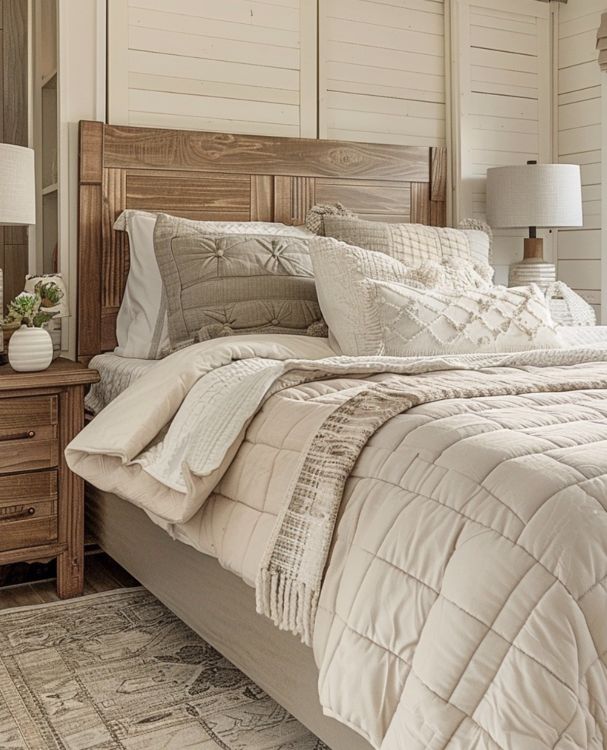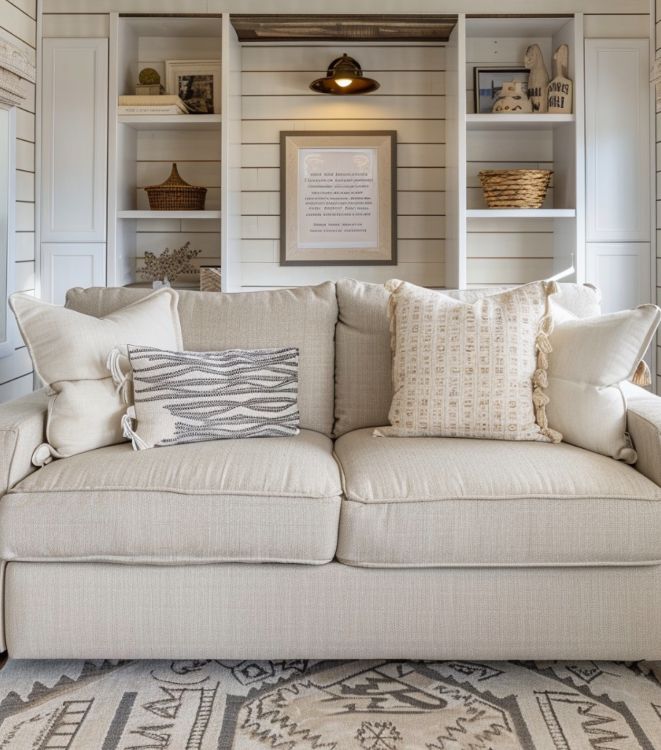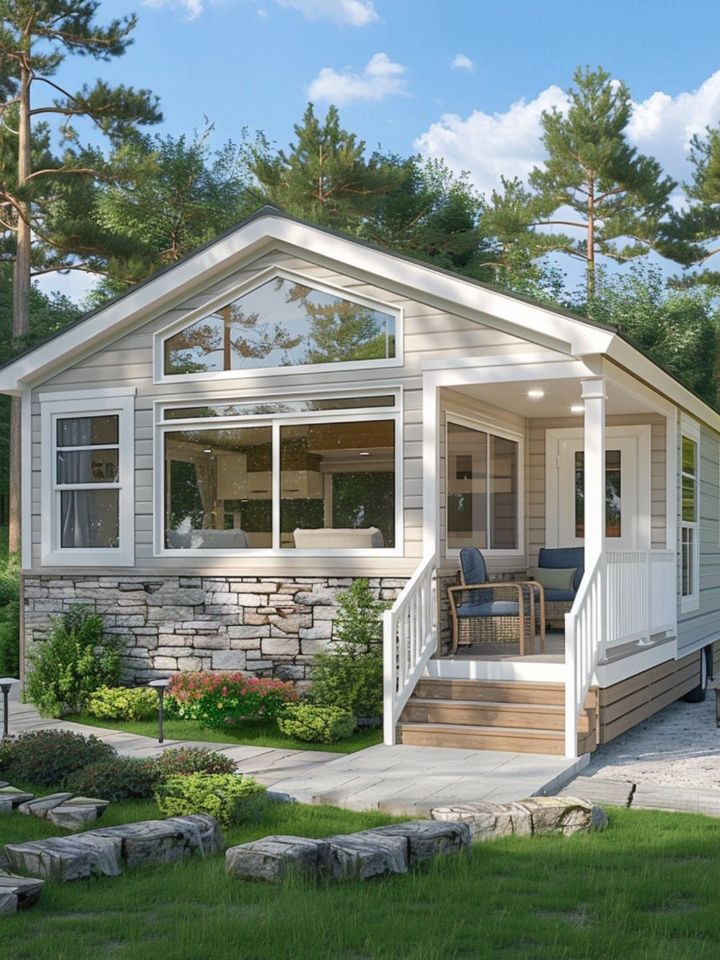For 58-year-old Maria Delgado, the sound of heavy rain had always been comforting — until the night it didn’t stop. In just a few hours, floodwaters swept through her riverside neighborhood, tearing through streets, lifting cars, and swallowing homes. By morning, Maria’s small house, the one she had worked decades to pay off, was gone.
“All I could see was water where my life used to be,” she said. “Everything I owned — every photo, every memory — was gone.”
She was evacuated to a crowded shelter at a local high school, where cots lined the gymnasium floor. The air was filled with the hum of generators and the voices of other displaced families trying to process what had happened. Maria felt numb. She had no insurance that could cover a full rebuild and no savings to start over.

“I kept thinking, Where do I even begin?”
That’s when she met Claire Thompson, a volunteer coordinator with a nonprofit dedicated to helping disaster survivors. Claire was drawn to Maria’s quiet resilience and spent time listening to her story.
“She didn’t complain once,” Claire recalled. “She just kept saying she wanted a place to call her own again.”
Claire contacted her organization’s housing team, and by a stroke of luck, one of their partner builders had just completed a fully furnished tiny home that was waiting for placement. When she told Maria, the older woman couldn’t quite believe it.
Three days later, Maria arrived at a small, sunlit lot on the edge of town. In front of her stood the most charming little house she had ever seen — pale yellow siding with white trim, a small porch with two rocking chairs, and flower boxes already filled with blooms.

Inside, the home was a vision of warmth and comfort. A cozy living space held a loveseat, a coffee table with a vase of fresh daisies, and a bookshelf stocked with novels. The kitchen, compact but modern, had brand-new appliances and cupboards neatly filled with plates, mugs, and cooking essentials. A small bathroom offered fluffy towels and a walk-in shower. The loft bedroom, with its soft quilt and sunlight streaming through a skylight, felt like a peaceful retreat.
Maria stood in the doorway, her hands over her mouth, tears spilling down her cheeks. “It’s beautiful,” she whispered. “It’s more than I ever dreamed I’d have again.”
That first night, instead of lying awake listening to rain with fear in her chest, she curled up in her bed, surrounded by warmth and quiet.
In the weeks that followed, Maria settled in. She planted herbs in the flower boxes, hung family photos that friends had reprinted for her, and began baking bread again — something she hadn’t done since the flood.
Claire still visits, often bringing coffee to share on the porch. “Seeing her here, smiling, it’s a reminder of why we do what we do,” she said.
Maria agrees. “The flood took my house, but it didn’t take my hope,” she said. “This tiny home gave me back my life.” 

Leave a Reply